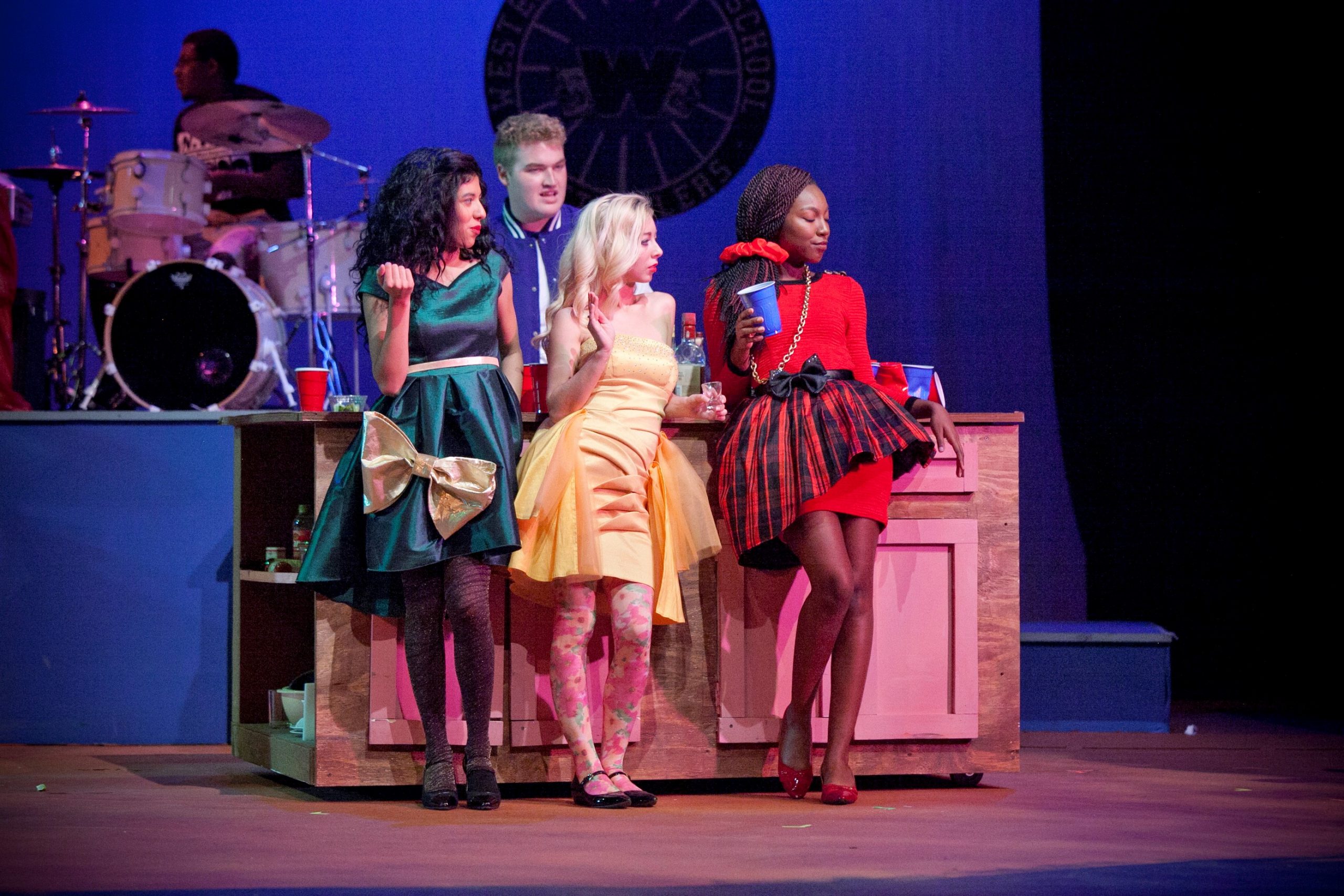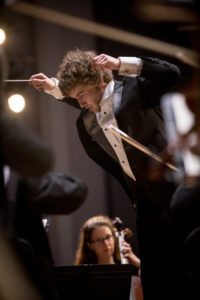
Georgia State is finalizing its newest academic unit, the College of the Arts, that will be fully functioning as of July 2017. The college is dedicated to increasing a Georgia State image that is representative of the growing arts and related media industries in Atlanta.
“When people think about the arts and Downtown, we want them thinking about Georgia State,” Associate Dean Dr. Maria Gindhart said.
Formerly under the university’s College of Arts & Sciences, both the School of Music and the Welch School of Art and Design, are now under the College of the Arts.
“The idea is to really be able to highlight what goes on in these two schools … and overall, to be a leader of the arts,” Gindhart said.
In addition, the Center for Collaborative and International Arts (CENCIA) and the Center for Educational Partnerships in Music are included.
On July 1, the Department of Communication’s areas of film and theatre will move from the College of Arts & Sciences as well, forming the new School of Film, Media & Theatre within the College of the Arts.
Gindhart said that Georgia State conceptualized this innovative arts college as part of a university strategic plan related to accessibility, excellence, diversity and working with the urban fabric of the downtown Atlanta campus.
Not your grandma’s arts college
Dean of the College of the Arts, Dr. Wade Weast, applies his years of experience in music training and education to help place the university’s long overdue vision into existence.
“The arts can and should be the front door to the university,” Weast said.
Not only will the arts students be able to graduate under an official arts school—which will open up many postgrad possibilities—but they are also given opportunities to become more hands-on within their field prior to graduation.
“We really want to get students involved in internships and (…) give them a sense of what happens with their degree after college,” Gindhart said.
In order to excel in the highly competitive and ever-evolving media industries, experience is a must. The College of the Arts is conceptualizing how to best serve and sufficiently prepare its 2,200 students.
“The way that people consume the arts is very different these days. And the way individuals prepare to be professionals within the arts is very different as well,” Weast said. “So we are trying to train students to become artist entrepreneurs. That’s the game. If you are a part of the College of the Arts, we want you to become your own business owner.”
The college emphasizes that artistic abilities and business operations should no longer be mutually exclusive. An “artist entrepreneur” will execute their craft, while also handling responsibilities that are traditionally held by business people—such as writing press releases or business plans.
“We want to be the model for how to educate arts students in the 21st century,” Weast said.
 College of the Arts, no Sciences
College of the Arts, no Sciences
Since the new college will be fully operational mid-summer semester, it will not grant August 2017 degrees. Students with an August commencement will still graduate under the College of Arts & Sciences, and the College of the Arts will begin issuing degrees in December.
“We want things to be as seamless as possible for students,” Gindhart said.
For Perimeter College students who plan on transitioning to the Atlanta campus, the process will be unaffected. There is still a required audition for the School of Music, and arts students working towards a BFA must submit a portfolio as standard.
“On July 1—the students will be the same, the professors will be the same, the classes offered will be the same,” Gindhart said. “But we really hope to bring a lot of likeminded people together in order to up the centrality of the arts, and promote collaboration.”
As the former associate dean of music and fine arts in the College of Arts and Science, Weast has first-hand experience of what it’s like to be a part of Georgia State’s largest academic unit.
“The arts were somewhat marginalized in this big, broad college … and this opportunity gives arts students a chance to be a bit more visible at Georgia State,” Weast said.
The College of Arts & Sciences comprises almost half of the university’s faculty and students. Its website notes that “80 undergraduate and graduate degree programs connect an extraordinarily diverse group of students to top-notch faculty.”
With such a large variety of programs and such a diverse student body, arts degrees often get lost within the College of Arts & Sciences. That is one of the central purposes of the College of the Arts.
“We want to focus on what really counts—which is giving the students an opportunity of a lifetime,” Weast said. “Many of [our faculty] are nationally recognized artists and they are really eager to help students find their own voice in whatever art form that is.”
College of the ATL
Georgia State and Downtown Atlanta are becoming more and more collaborative. Administrators expect the College of the Arts to foster this synergetic relationship—allowing Georgia State to make the city more desirable, and vice versa.
“We want to help make Downtown Atlanta a better place to live, work, and study (…) a place that people want to be a part of,” Weast said. “This is a town that has all the pieces and parts of a really vibrant downtown area.”
The university is traditionally regarded as a commuter school. As such, people typically drive downtown, take their classes, and then they leave downtown immediately after school. The College of the Arts is enthusiastic about changing this commuter routine.
Students and downtown employees are often unaware of the many events and performances that take place on Georgia State’s campus. This is simply because they don’t stick around long enough to experience what the university has to offer—especially in relation to the arts.
With an increasing amount of on-campus dorms and private enterprises building more student housing—as well as the $30 million Turner Field acquisition—administrators are hopeful that the university will continue to grow towards a residential reputation.
“As we develop the College of the Arts and increase awareness of what’s going on within Georgia State’s arts and related media programs … Hopefully people will stick around after class to go to a concert or a film screening or an art opening,” Gindhart said.
The college intends to package arts related events in exciting, nontraditional ways that engage both Georgia State University and the Atlanta community overall—such as programming on the Beltline and performances in Woodruff Park and on the Atlanta Streetcar.
In 2016, US News & World Report, a national authority for ranking colleges, placed Georgia State at No. 4 out of the nation’s most innovative schools. This is decided according to curriculum, faculty, students, campus life, technology or facilities.
The College of the Arts has potential to elevate the university’s reputation even further by using a “state of the art” model that engages with Atlanta in unique and distinct ways.
“It’s a really exciting time for the arts here at Georgia State. And I think it’s a bold move on the university’s part—to take this huge step,” Weast said.
